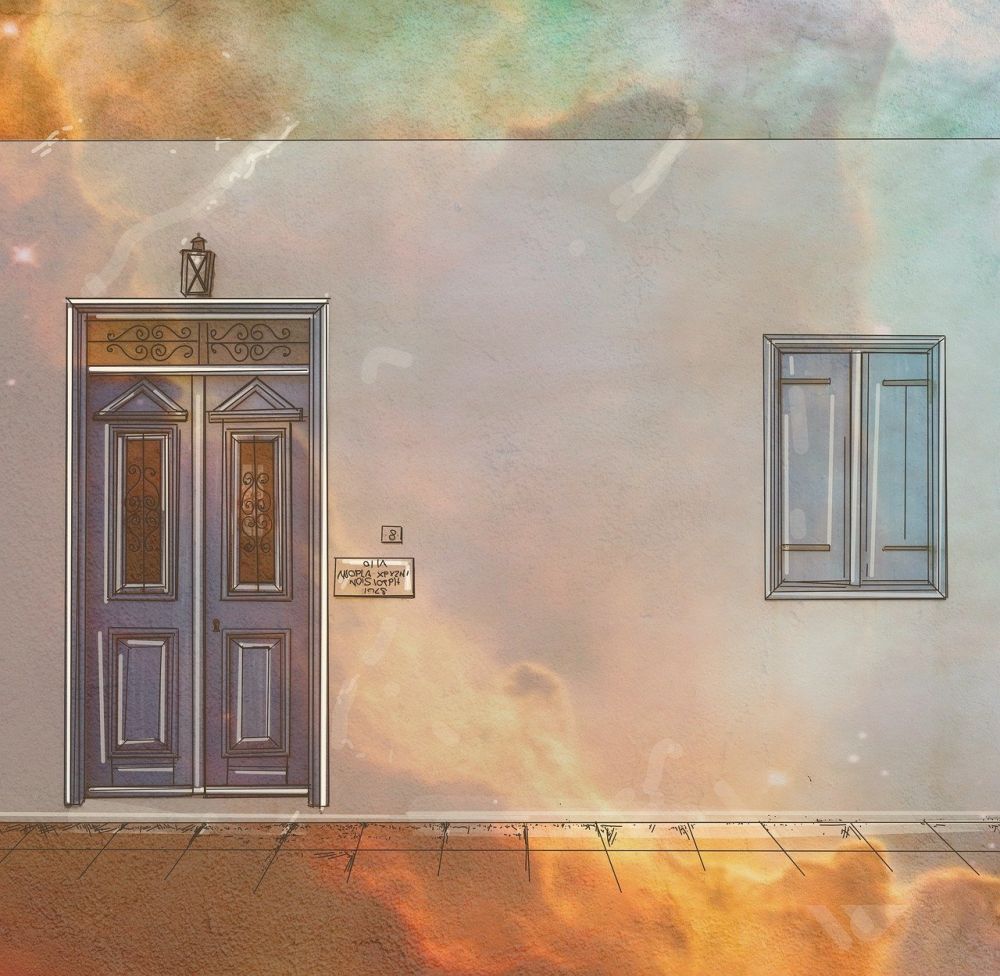Bygging av Utesofa: En omfattende guide for huseiere

Introduction ():
Bygge utesofa: En grundig oversikt

Building an outdoor sofa is a popular DIY project among homeowners who want to enhance their outdoor living spaces. Whether you have a spacious backyard or a small balcony, a well-crafted outdoor sofa can provide comfort, style, and functionality. This article aims to provide a comprehensive guide on building an outdoor sofa, including an overview of the process, different types of outdoor sofas, popular designs, quantitative measurements, discussions on variations, and a historical review of their pros and cons.
Overview of Building an Outdoor Sofa:
Building an outdoor sofa involves creating a sturdy structure using durable materials, such as wood, metal, or synthetic rattan. This structure is then complemented with comfortable cushions and pillows to provide a cozy seating area. The process typically includes measuring, cutting, assembling, and finishing the sofa. By following the right steps and using suitable materials, you can create a durable and aesthetically pleasing outdoor sofa that withstands various weather conditions.
Types of Outdoor Sofas:
1. Wooden Outdoor Sofas: These sofas are timeless and versatile, providing a natural look to any outdoor space. They can be constructed with different types of wood, such as cedar, teak, or mahogany, depending on durability and aesthetic preferences. Wooden outdoor sofas are known for their strength and endurance.
2. Metal Outdoor Sofas: Metal outdoor sofas offer a contemporary and sleek look. They are often crafted from aluminum, wrought iron, or stainless steel. These sofas are known for their durability and resistance to rust and corrosion. Metal outdoor sofas can be lightweight, making them easy to move around the outdoor space.
3. Wicker Outdoor Sofas: Wicker outdoor sofas are made from synthetic materials or natural rattan. They provide a classic and elegant appearance and are highly durable. Synthetic wicker sofas are weather-resistant and require minimal maintenance, making them suitable for all climates. Natural rattan sofas require more maintenance, but they offer a unique charm and texture.
Popular Designs and Features:
– L-shaped outdoor sofas: These sofas are designed to fit corners and maximize seating capacity.
– Daybed outdoor sofas: Perfect for relaxation, daybed sofas provide a luxurious lounging experience.
– Sectional outdoor sofas: These modular sofas can be rearranged to suit different outdoor spaces.
– Convertible outdoor sofas: Featuring adjustable backrests, these sofas can transform into loungers or beds.
Quantitative Measurements:
When building an outdoor sofa, accurate measurements are crucial for a successful project. Here are some important measurements to consider:
– Overall dimensions: Determine the desired length, width, and height of the sofa to ensure it fits in the intended space.
– Seat height: Consider ergonomic factors and comfort by setting an appropriate seat height, usually around 18-20 inches.
– Seat dept Optimal seat depth ranges from 20-24 inches, allowing for comfortable seating.
– Armrest height: The armrests should be at a comfortable height, typically around 24-27 inches.
– Cushion thickness: Choose cushions that are 4-6 inches thick for optimal comfort.
Differences between Various Outdoor Sofas:
1. Material: Different materials offer varying levels of durability, maintenance requirements, and aesthetics.
2. Design: Outdoor sofas come in various designs, such as modular, corner, or sectional, allowing for customization based on space and personal preferences.
3. Weather Resistance: Consider the climate and select a sofa material that can withstand sun, rain, and temperature fluctuations.
Historical Review of Pros and Cons:
Outdoor sofas have evolved over time, and each material and design choice comes with its advantages and disadvantages. Wooden outdoor sofas offer natural beauty but require more maintenance. Metal sofas provide durability but may heat up in direct sunlight. Wicker sofas offer elegance but can fade over time. Consider these historical factors when selecting the right outdoor sofa for your space.
[INSERT VIDEO HERE]
Conclusion:
Building an outdoor sofa allows huseiere to create a functional and visually appealing seating area in their outdoor spaces. By considering the various types, designs, measurements, and historical aspects, homeowners can choose an outdoor sofa that suits their needs and personal style. Whether you prefer the timeless beauty of wood, the sleekness of metal, or the charm of wicker, a well-crafted outdoor sofa will enhance your outdoor living experience for years to come. Happy building!





